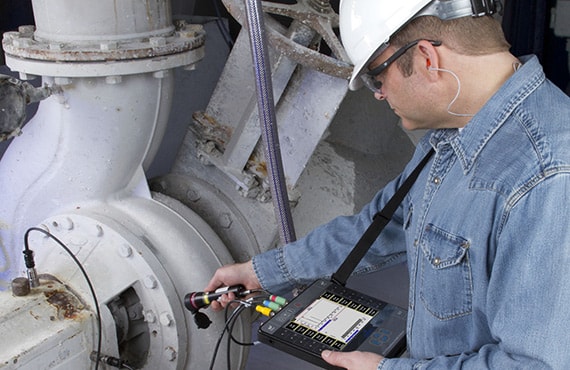EN 50332 – Sound System Headphone Acoustic Test
The EN 50332 standard is a European Union harmonized standard for the measurement of the acoustic performance of headphones and earphones used in sound systems. This test ensures that the audio devices meet stringent quality standards, providing consistent and reliable sound output across different environments.
EN 50332 establishes the framework for measuring the frequency response, noise level, and total harmonic distortion plus noise (THD+N) of headphones under various conditions relevant to real-world use. This ensures that manufacturers can produce products that meet both technical specifications and user expectations.
The standard covers a variety of environments including office spaces, public areas, and vehicles. It also accounts for different listening scenarios such as ambient noise levels, personal preferences in sound quality, and the impact on hearing health over extended periods. Compliance with EN 50332 is crucial for manufacturers looking to ensure their products are safe, reliable, and meet consumer demands.
Manufacturers must conduct tests using calibrated equipment within controlled environments to determine compliance accurately. This process involves setting up test chambers that simulate real-world conditions as closely as possible. The apparatus used includes a sound source capable of generating pure tones at specific frequencies across the audible range. Additionally, noise generators are employed to introduce background sounds typical in various listening scenarios.
The test procedure typically starts with initial calibration of the measurement equipment. This ensures all readings are accurate and reliable before proceeding to actual testing. During the test itself, headphones or earphones are placed over a dummy head designed to mimic human anatomy accurately. The system then measures the frequency response by playing sine waves across the entire audible spectrum.
For noise levels measurement, the equipment records sound pressure levels in decibels (dB) both with and without background noise present. Total harmonic distortion plus noise is calculated by comparing the output signal to an ideal sine wave. Compliance criteria specify permissible limits for these parameters based on the type of headphone or earphone being tested.
Manufacturers must document all test results meticulously, including any deviations from specified limits. These records serve as proof that products meet EN 50332 requirements and can be used to address any issues identified during testing. Regular reviews of these data help improve product design continuously by identifying areas needing enhancement.
- Calibration accuracy
- Test chamber simulation fidelity
- Dummy head design precision
- Sine wave frequency range completeness
- Noise generator versatility
Eurolab Advantages
Eurolab offers comprehensive services for EN 50332 compliance testing, ensuring that clients receive accurate and reliable results. Our team of experts understands the nuances of this standard deeply, allowing us to provide precise solutions tailored specifically to your needs.
We offer flexible scheduling options so you can choose a time that best fits into your production cycle without disrupting operations. Our advanced facilities ensure consistent environmental conditions during tests, which are critical for accurate measurements. With state-of-the-art equipment calibrated according to international standards, we guarantee precise and repeatable results every time.
Our highly trained staff members possess extensive experience in conducting these types of tests, ensuring that no detail goes overlooked. We use the latest technology available today to ensure our clients get the best possible outcome from their testing processes. Additionally, Eurolab provides detailed reports explaining both passing and failing criteria clearly so there is never any ambiguity about what was tested or why certain decisions were made.
By choosing Eurolab for your EN 50332 compliance testing needs, you can rest assured that you are working with professionals who understand the complexities involved in this standard. We strive to maintain high standards of quality control throughout our processes to ensure complete satisfaction from start to finish.
International Acceptance and Recognition
The EN 50332-1 & -2 series have been widely adopted across Europe due to their rigorous approach towards ensuring consistent audio performance. Many countries recognize these standards as they provide a harmonized method for assessing headphone acoustics, making it easier for companies operating internationally to meet regulatory requirements.
EN 50332-1 specifically deals with the measurement of frequency response and noise level, while EN 50332-2 focuses on total harmonic distortion plus noise. Both parts together form a comprehensive set of guidelines that help manufacturers produce high-quality audio devices compliant with international norms.
Compliance with these standards is not only beneficial for meeting regulatory obligations but also enhances brand reputation by demonstrating commitment to product quality and safety. It allows businesses to confidently enter new markets knowing their products will meet stringent technical specifications without additional modifications needed elsewhere.
The widespread adoption of EN 50332 across multiple industries reflects its importance in maintaining high standards for audio technology globally. As more countries adopt similar regulations, adhering to this standard becomes increasingly important for manufacturers aiming to stay competitive on a global scale.





